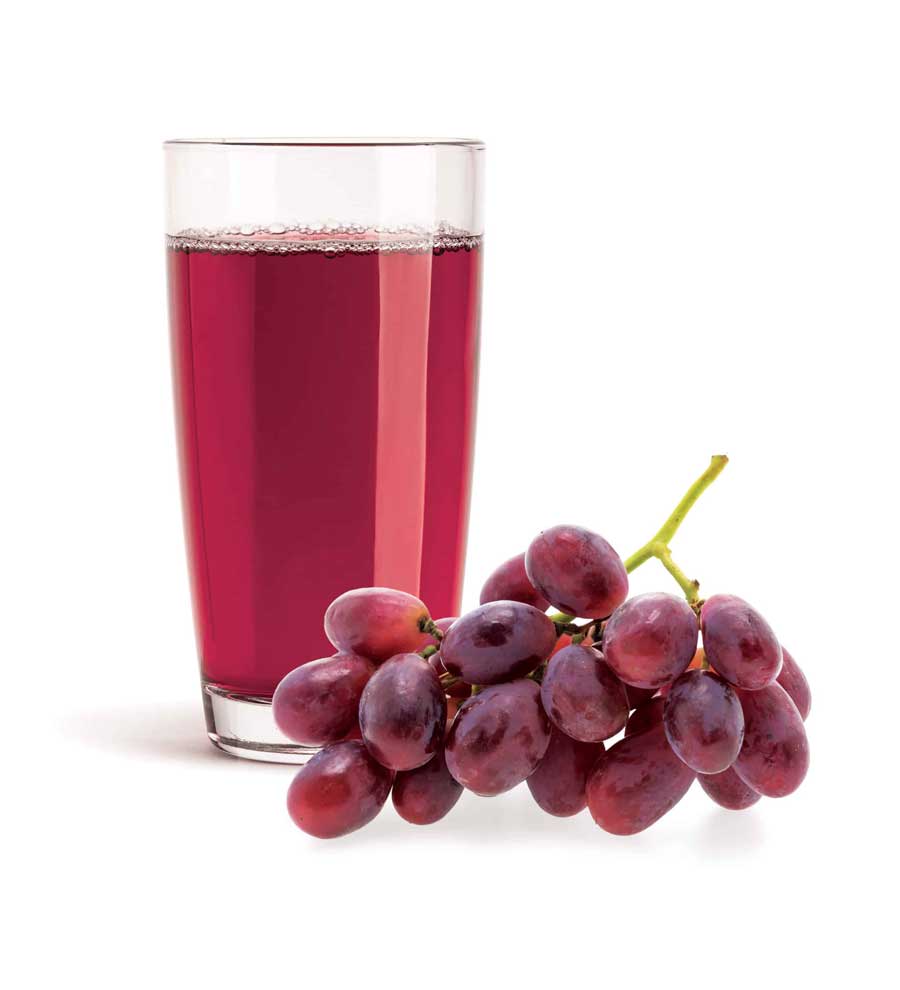Most of us associate beef jerky with the rest of the junk food you get from the corner convenience store. Of course, it’s loaded with sodium, nitrites, MSG, and other elements that look like they belong in a chemistry lab. Still, we crave it!
For the same reasons that we as modern-day humans appreciate beef jerky, ancient civilizations did as well. When made properly, you’ll end up with nutrient-dense, portable, and non-perishable food that preserves for a long time. Long shelf life is highly important if you live in an area where hurricanes and other natural disasters occur. Refrigeration will not be possible in the event the power lines are down
What is Beef Jerky?
Jerky is a nutrient-dense protein snack that has been processed to make it shelf-stable. It doesn’t need to be refrigerated or handled differently. They use strips of whole-muscle meat or ground and molded meat to make beef jerky. You should check out the drying process.
It’s pretty cool in a couple of ways: it removes superfluous fat (which would go bad if not refrigerated), leaving you with a low-fat product, and the water lost concentrates the protein in the meat, roughly doubling the amount found in the same portion of uncured meat.
More: 10 Healthy snacks for kids
Jerky is a great snack because of this, and it has been loved for generations. In other words, beef jerky can last a long time without rotting since the moisture is removed from the meat.
How They Make Beef Jerky
There are only five steps to take if you want to make beef jerky: slicing, marinating, laying, cooking, and packaging. The tastiest and healthiest beef jerky is best made by hand. This allows for greater attention to detail. People who put a lot of love into what they do like making beef jerky, make the best foods.
From the date of manufacturing, jerky has an average shelf life of one year. We recommend consuming beef jerky within 6 months of purchase to ensure freshness, although the product is guaranteed for up to a year. So, does it have an expiration date like other foods?
On commercial beef jerky, a best-by date is printed. Beef jerky, contrary to popular opinion, does not expire in the sense that it spoils and becomes unsafe to eat. It eventually dries out and loses its attractiveness.
How Did We Select the Finest Jerky Brands?
We looked at the nutritional information and kept five things in mind: salt, sugar, protein, beef source, and ingredients.
- Sodium: To make the best list, jerky has to have a sodium content of less than or equal to 450 mg. Because sodium is used as a preservative in beef jerky, it is high in sodium. However, eating too much sodium can induce bloating and other severe health effects such as high blood pressure.
- Sugar: Sugar, like sodium, has long been used as a preservative and flavor enhancer in jerky snacks. The best jerky contains no more than 5 grams of sugar.
- Protein: Protein levels were less of a decisive factor because all jerky is normally high in protein; nonetheless, we did favor varieties with higher protein levels.
- Beef source: Grass-fed, hormone-free beef is used in the most healthy jerky brands. Grain-fed beef contains five times as many heart-healthy omega-3 fatty acids and twice as much anti-inflammatory conjugated linoleic acid (CLA).
- Ingredients: Brands that contain synthetic nitrates, MSG, or other artificial additives did not make the cut. Sorry, not sorry.
Beef Jerky isn’t just a gas station snack for nothing. It is a terrific go-to after a workout when you need a metabolism-boosting, hunger-satisfying protein. It’s a nutritious snack when you’re on the run.










